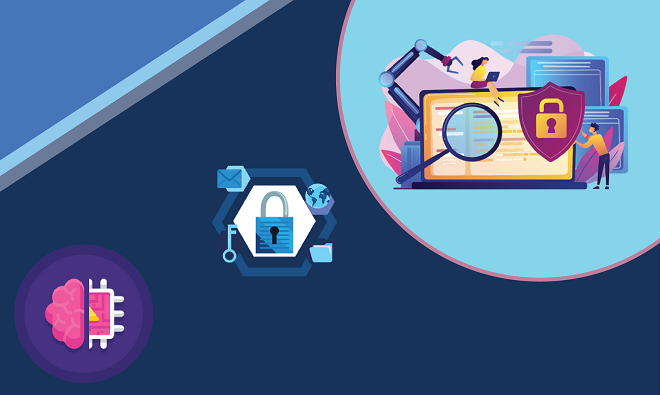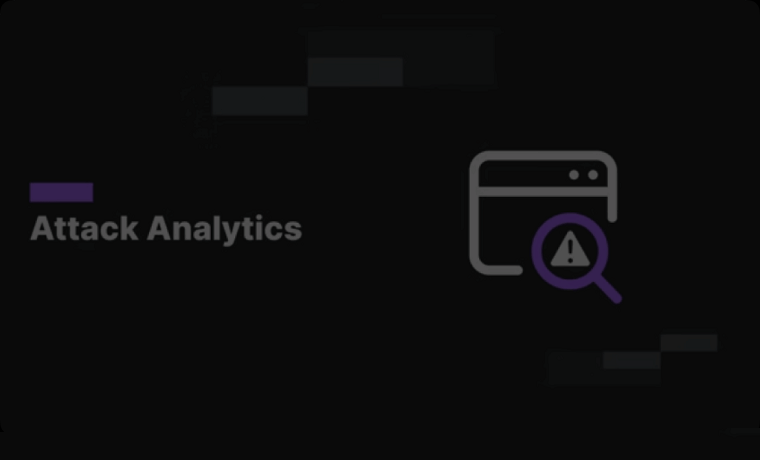Threats are everywhere on the web. Organizations’ security teams are increasingly overwhelmed by complex and diverse attacks, and the numbers of alerts that they have to wade through are untenable. To solve this problem, some organizations are implementing attack analytics to reduce the amount of noise generated by automated alerts. While it’s important to have those automated alerts, it can be tricky to navigate them without some kind of filter. Attack analytics acts as that filter by grouping incident types, which makes it much simpler for security professionals to understand what’s going on in the environment.
What are Attack Analytics?
Traditionally, attack analytics referred to how monitoring and alerting software sorted and ranked attacks. It could tell security professionals the type of attack that had been attempted as well as how severe the attack was. This has been a highly valuable tool for maintaining security in organizations’ environments; however, recent improvements have been instrumental in reducing alert fatigue and improving the specificity of the tool.
Newer attack analytics platforms use machine learning to improve upon traditional security measures. Rather than alerting you to every instance of suspicious activity, they are able to independently group attacks based on severity and limit the immediate alerts. Attacks generally require a security professional’s prompt investigation, but attack analytics can use machine learning to summarize groups of attacks and to find patterns that would take countless hours to find manually.
By providing insights and visibility, attack analytics help your security team quickly determine how to respond to an attack. For example, bad bots often attack by flooding your web application or website with traffic, and your WAF solution will flag each incidence of unusual activity. Attack analytics takes that information and converts what could be millions of individual events to a much smaller number of alerts. Because the events are grouped based on their similarities, it becomes much easier to determine which events and attack types occur most often.
Benefits of Attack Analytics
Attack analytics have a number of benefits for security teams, which are often under a great deal of strain due to the enormous number of threats and vulnerabilities that they have to address. Here are some ways your company can use these analytics to help with the workload:
- Reduce alert fatigue. Because attack analytics so effectively group unusual activity and alerts, your team has to contend with far fewer demands. Instead of seeing thousands to millions of alerts, attack analytics narrows things down to a few hundred groups that can be much more easily prioritized and addressed.
- Decrease remediation and response time. Instead of getting bogged down in the massive number of security incidents that occur, security teams can take advantage of a much shorter list of problems. Less time must be spent organizing and prioritizing alert data, which means the team can get to fixing the problems more quickly. As a rule, if a vulnerability is addressed promptly, the risk of exploitation drops considerably, especially when an attacker knows that the vulnerability exists and how to find it.
- Better understand the threat. Because of the way attack analytics categorize attacks, you can see how many of a certain type occurred and how severe the attacks were. This provides important context for prioritization, and it helps your security team determine where to start addressing vulnerabilities.
How Does Machine Learning Fit Into Attack Analytics?

It’s clear that manually sorting through every potential security flaw isn’t sustainable. However, simple filtering methods are also not enough to deal with the enormous amounts of data generated by security tools and monitoring solutions. As cyber threats increase, so will the numbers of alerts and potential flaws. To combat this inundation of information, security teams need artificial intelligence (AI) and machine learning to effectively analyze large volumes of data, detect patterns, and use these patterns to identify potential risks and block attacks.
Machine learning improves the ability of attack analytics solutions to identify patterns and group alerts, making it a more effective tool for security teams. Attack analytics that incorporate machine learning is flexible as the tool can improve over time and become more attuned to feedback from security professionals. More adaptability is built into an analytics tool that incorporates machine learning, and one of the most important things in a rapidly changing threat landscape is that adaptability.
An effective attack analytics solution leverages as much data as possible to paint a complete picture of the threats against your environment. Because machine learning makes it more apt to recognize patterns and adapt to changing threats, analytics tools that incorporate that are more flexible and will give you more useful information than tools without it. So, to lower the amount of noise that your team is dealing with and to increase their ability to navigate alerts and threats, consider adopting a solution armed with machine learning. Without it, the deluge of information will only become more unmanageable over time. With it, your team’s ability to respond quickly and effectively to threats is vastly improved.

